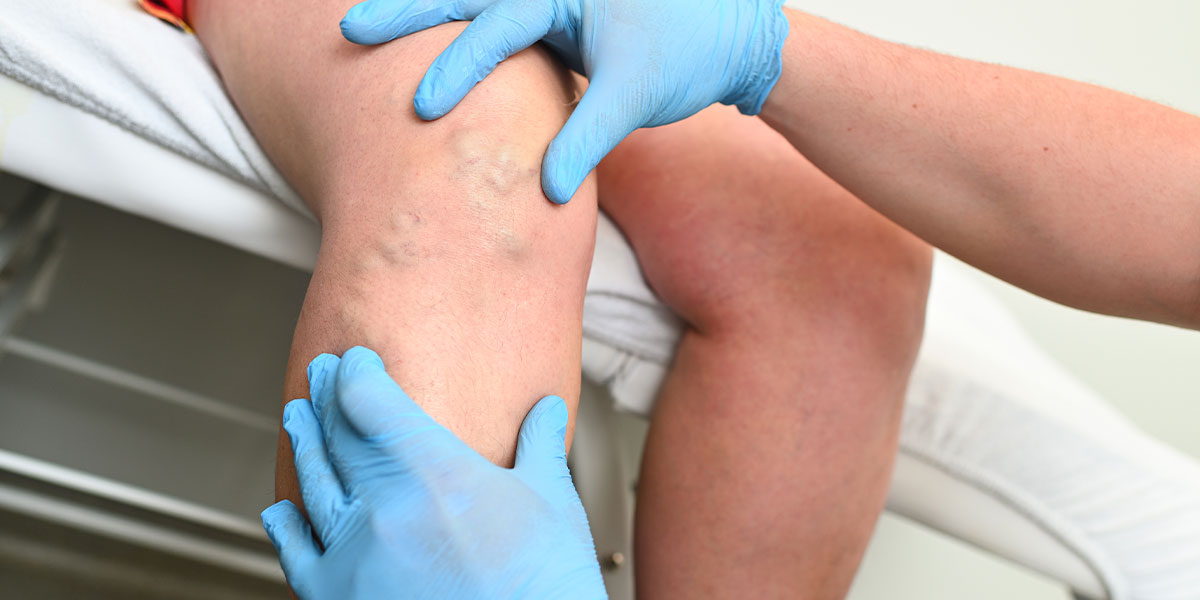Varicose veins are a common condition that affects many people worldwide. In this article, we will explore this condition in detail, from its definition to the concerns you should have about it.
Definition and causes of varicose veins.
Varicose veins are swollen, and twisted veins often seen in the legs and can cause discomfort. Causes can vary from genetic factors to lack of physical activity. Understanding the roots of the problem is essential to effectively address it.
Risk factors
Some people may have a genetic predisposition to varicose veins, while other risk factors include obesity and pregnancy. Recognizing these elements can aid in prevention and treatment.
Common symptoms
Common symptoms include pain, swelling, and the visible appearance of varicose veins. It is essential to pay attention to these signs to address the condition in time.
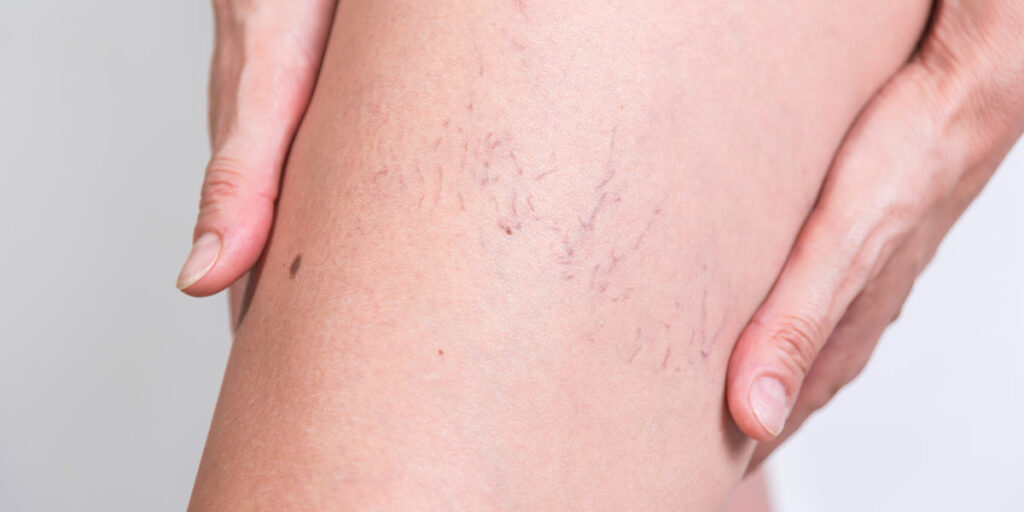
When should you worry about varicose veins?
Many people wonder when they should really worry about their varicose veins. It is crucial to differentiate between normal varicose veins and those that may indicate more serious problems.
Difference between varicose veins and normal veins
It is normal to have visible veins, but when they become painful or extremely prominent, it could be a cause for concern. Learning to distinguish between the common variant and the potentially problematic one is essential.
Identifying concerning symptoms
When identifying symptoms related to varicose veins, it is essential to pay attention to specific signs that could indicate a more serious problem. It is not just about the visible appearance of the veins; factors such as persistent pain, a feeling of heaviness in the legs, and changes in the skin surrounding the affected veins need to be considered.
If you notice any bleeding from the veins, noticeable changes in skin color, or the appearance of skin ulcers, these symptoms should prompt immediate concern.
The key here is careful observation and regular self-assessment to intervene in time and avoid more serious complications.
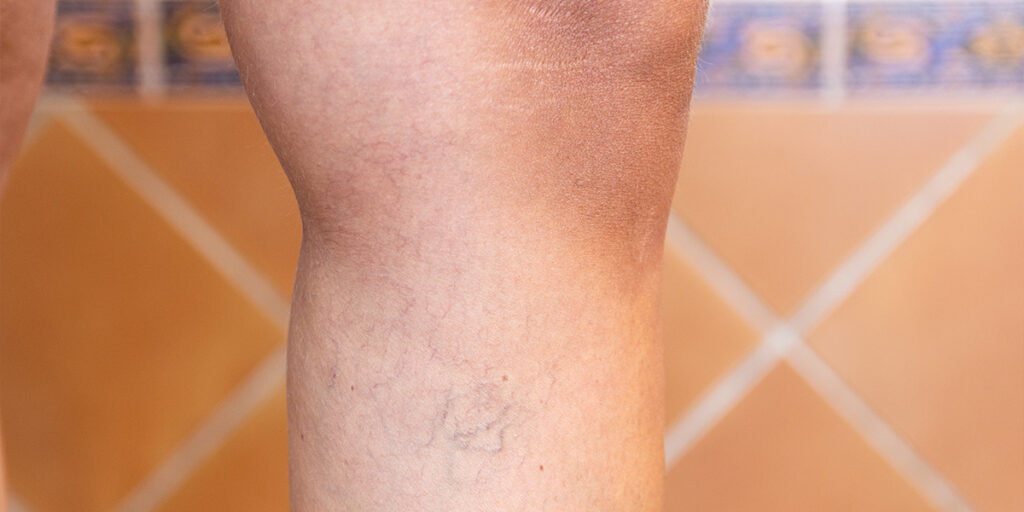
Consequences of ignoring varicose veins
Ignoring varicose veins can have consequences beyond apparent aesthetic discomfort. One of the most serious risks is the development of blood clots, which can trigger significant circulatory problems.
Furthermore, lack of treatment can lead to complications such as dermatitis, inflammation of the skin, and the appearance of venous ulcers, which are open skin lesions.
These issues not only cause physical discomfort but can also negatively impact overall quality of life. Ignoring symptoms can transform a manageable condition into a more complex and difficult-to-treat health problems.
Prevention and treatment
Prevention and treatment of varicose veins are crucial aspects of maintaining good vascular health. Taking a proactive approach through lifestyle changes can make a significant difference.
Maintaining a healthy weight, incorporating specific exercises that stimulate circulation, and regularly elevating the legs are simple yet effective steps.
As for treatment, there are various options, from minimally invasive interventions to more advanced surgical procedures. The key is to seek medical guidance to determine the most appropriate strategy based on the severity of the condition.
Early attention not only relieves symptoms but also prevents long-term complications.
Lifestyle changes to prevent varicose veins
Maintaining a healthy weight, exercising regularly, and elevating the legs can help prevent varicose veins. Small lifestyle adjustments can have a significant impact.
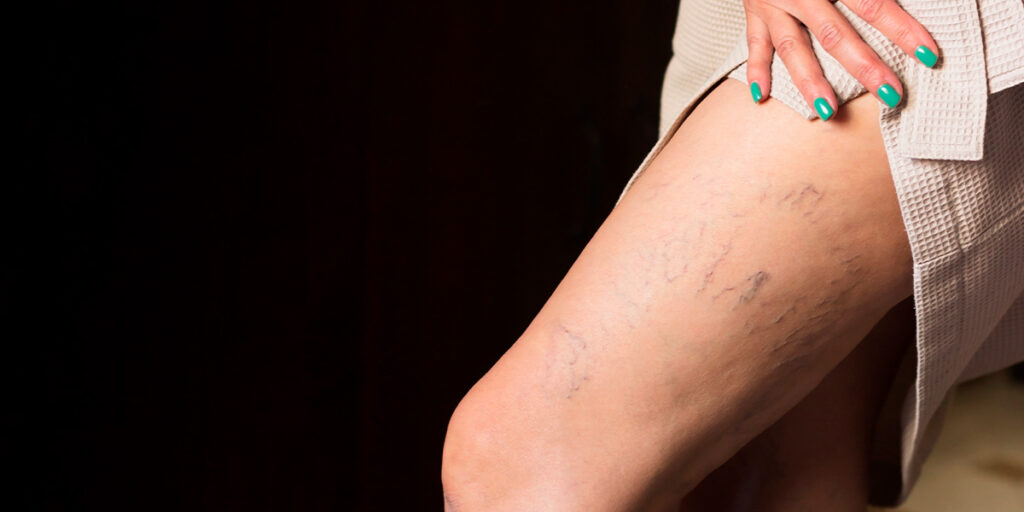
Available treatment options
When it comes to addressing varicose veins, it is reassuring to know that there are various treatment options, each tailored to the specific needs and conditions of patients. Among these alternatives, Endovenous Laser Treatment (EVLT), Sclerotherapy, Microphlebectomy, and the innovative Microfoam Treatment stand out.
Endovenous Laser Treatment (EVLT)
EVLT is an advanced technique that uses laser energy to close varicose veins. This minimally invasive procedure offers effective results and faster recovery compared to other methods.
Sclerotherapy Treatment
Sclerotherapy is another popular option involving the injection of a special solution into varicose veins, causing their closure and reducing their visibility. It is especially effective for smaller and superficial veins.
Microphlebectomy Treatment
Microphlebectomy is a minor surgical procedure involving the physical removal of varicose veins through small incisions. Although more invasive than other treatments, it is highly effective with relatively quick recovery.
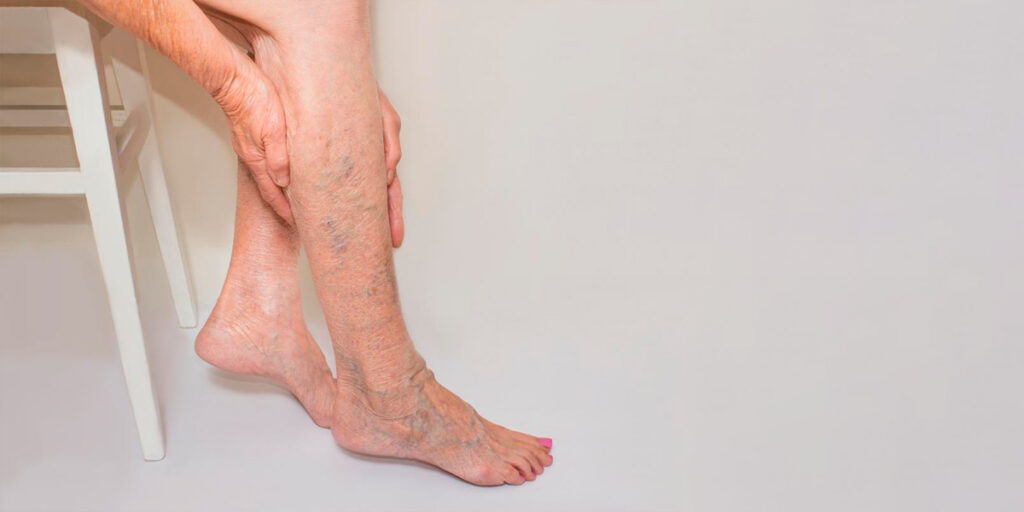
Microfoam Treatment
Microfoam is a novel option involving the injection of a special foam into affected veins. This foam irritates the vein walls, leading to their closure. This treatment is particularly useful for larger and deeper veins.
It is essential to highlight that choosing the right treatment will depend on the evaluation of a healthcare professional. In this regard, Mark Medical Care Clinic in New York stands as a reliable option, where experts in the field can guide and personalize the treatment plan according to the specific needs of each patient.
Consultation with trained professionals ensures informed decision-making and the beginning of a journey towards healthier and varicose vein-free legs.
Are varicose veins only an aesthetic problem?
The common perception of varicose veins often revolves around their aesthetic appearance, but it is crucial to understand that this condition goes beyond superficial concern. While it is true that the visible presence of twisted and enlarged veins can cause aesthetic insecurities, varicose veins can also have significant implications for health.
Impact on Health and Quality of Life
Varicose veins can cause troublesome symptoms such as pain, swelling, and a feeling of heaviness in the legs. These symptoms not only affect physical well-being but can also have a negative impact on overall quality of life. Constant discomfort can limit mobility and affect daily activities.
Risk of Complications
Ignoring varicose veins as a purely aesthetic problem can lead to more serious complications. There is a risk of developing blood clots, especially in larger varicose veins. These clots can pose a health threat as they can dislodge and cause serious circulatory problems in other parts of the body.
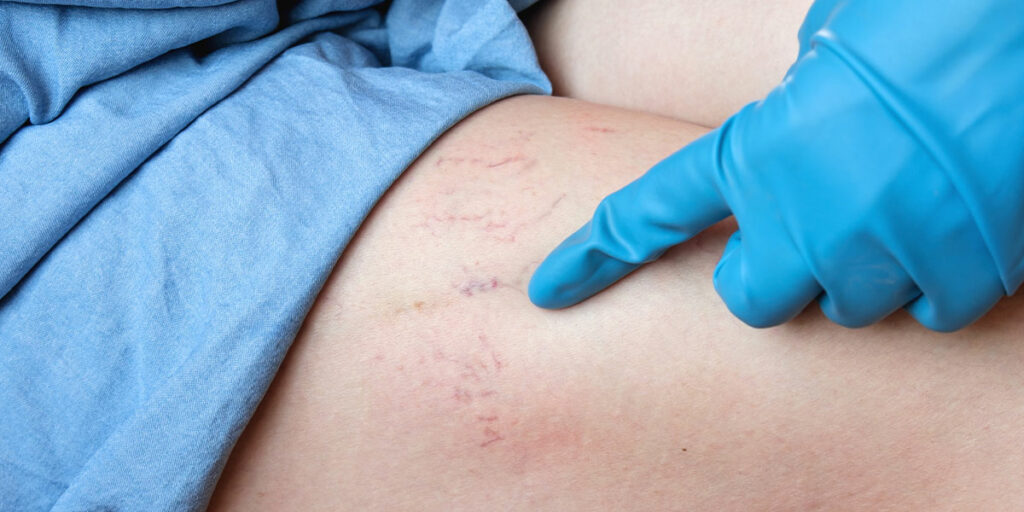
Dermatitis and Venous Ulcers
Furthermore, varicose veins can lead to the development of dermatitis, inflammation of the skin around affected veins. In more advanced cases, venous ulcers, open skin lesions, can form, increasing the risk of infections and prolonging recovery.
Psychological Impact
We must not overlook the psychological impact that varicose veins can have on a person. Constant concern about aesthetic appearance can generate emotional stress and affect self-esteem. Addressing varicose veins not only improves physical health but also contributes positively to mental well-being.
In summary, understanding when to worry about varicose veins involves recognizing concerning symptoms and seeking help in a timely manner. Prevention, treatment, and medical attention are key to effectively addressing this condition and improving quality of life.
FAQs
Yes, adopting a healthy lifestyle can help prevent varicose veins or reduce their impact.
No, varicose veins can affect people of all ages, although the risk increases with age.
Yes, it is normal to have visible veins, but concern arises when they cause discomfort or show unusual changes.
Yes, compression garments are an effective option for relieving varicose vein symptoms.
While appearance is a factor, it is also important to address varicose veins for their impact on health and quality of life.
